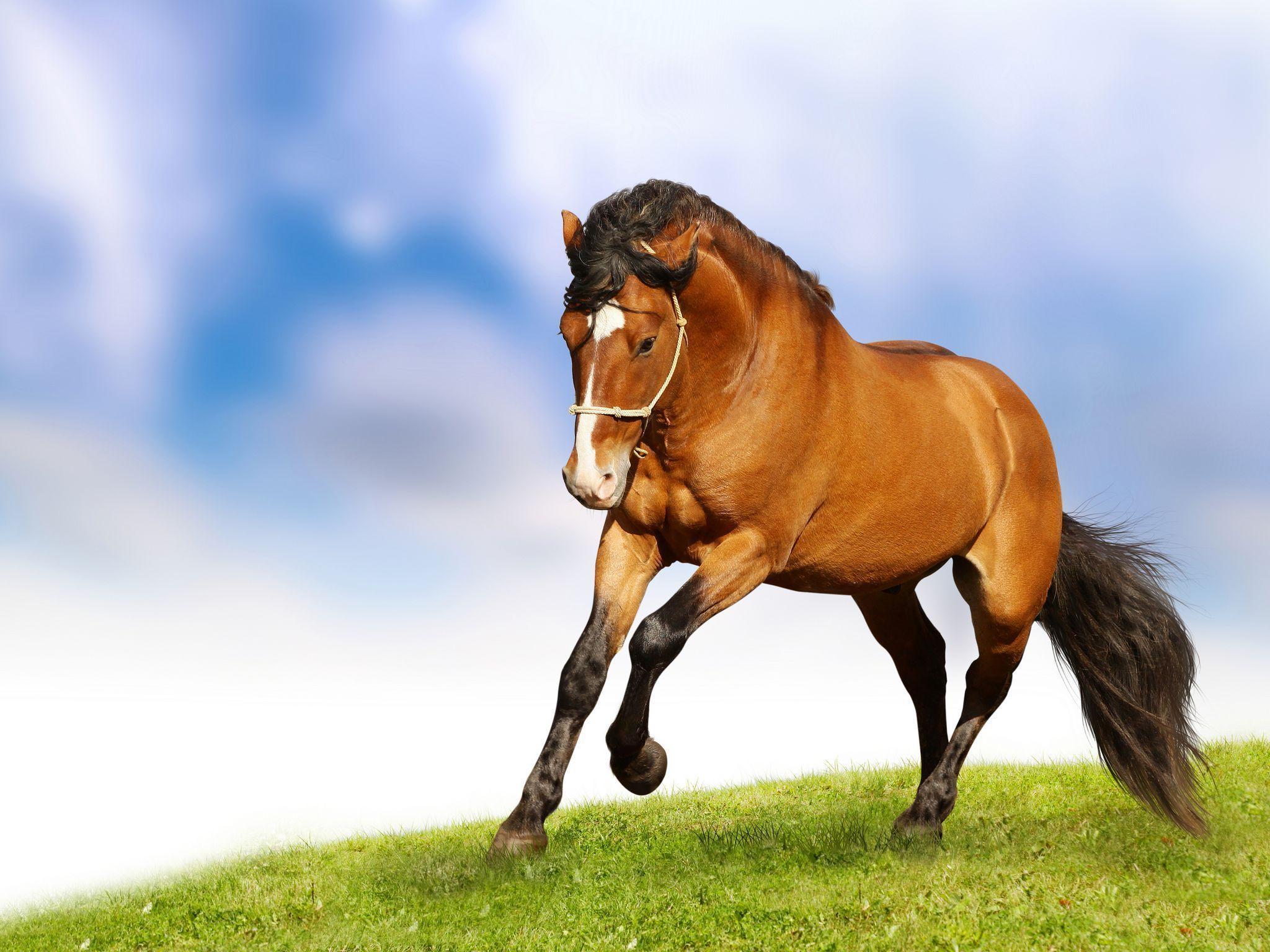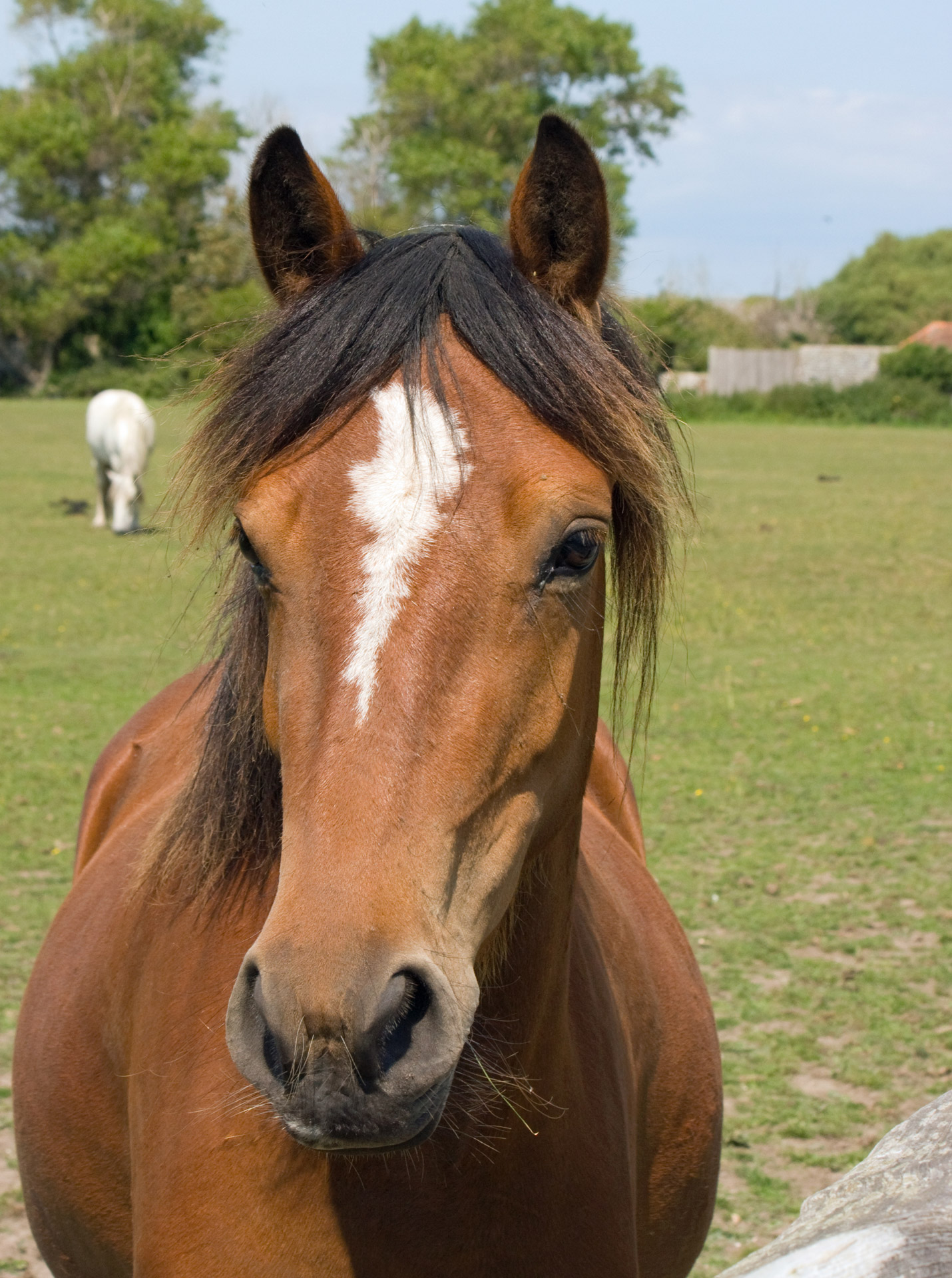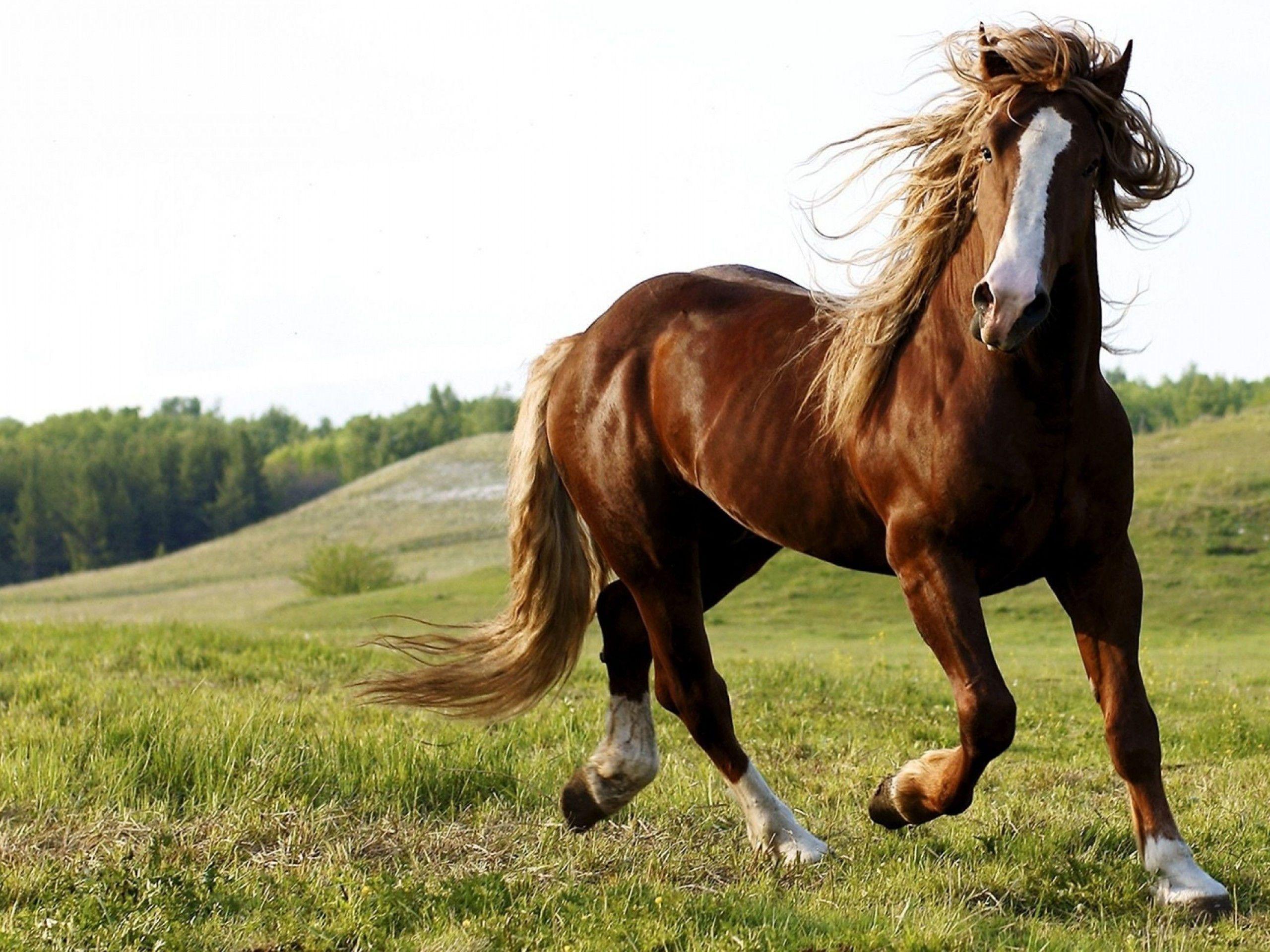Understanding Horse Mating Naturally: Instincts, Well-being, And Connection
Detail Author:
- Name : Mr. Peter Hane
- Username : gbrown
- Email : adrien58@gmail.com
- Birthdate : 2006-07-20
- Address : 24634 Shields Center North Margarett, VT 15651
- Phone : +13513147114
- Company : Hartmann PLC
- Job : Armored Assault Vehicle Officer
- Bio : Quis architecto neque rerum impedit debitis fugiat asperiores iste. Neque quia quaerat nulla aperiam.
Socials
facebook:
- url : https://facebook.com/camylle_schaden
- username : camylle_schaden
- bio : Sed ipsum quia quo voluptas vitae perferendis.
- followers : 1677
- following : 2699
tiktok:
- url : https://tiktok.com/@camylle_xx
- username : camylle_xx
- bio : Quia non eum sequi ipsam unde laborum ab.
- followers : 3405
- following : 2441
linkedin:
- url : https://linkedin.com/in/camylle_xx
- username : camylle_xx
- bio : Ut quaerat amet ducimus ipsa in laboriosam.
- followers : 1473
- following : 2885
Have you ever wondered what it truly means for horses to come together in their own way, without much human interference? It's a pretty fascinating thing to think about, isn't it? When we talk about horse mating naturally, we're really looking at how these magnificent creatures follow their deep-seated instincts. It’s about more than just reproduction; it’s about their social structure, their health, and how they express themselves when given the chance to act on their own terms. This approach respects their natural behaviors, allowing them to connect in a way that feels right for them, which is, you know, a very important part of their lives.
For many horse enthusiasts and owners, seeing horses live out their lives as authentically as possible is a big goal. This includes how they interact and reproduce. We often hear about managed breeding programs, but understanding the raw, unscripted moments of horses choosing each other can be incredibly insightful. It gives us a clearer picture of their communication, their needs, and the subtle cues they give off. This can, in some respects, help us appreciate them even more.
As horse people, we're always trying to figure out what's best for our animals, from managing conditions like navicular in the bursa, which my horse has, to just making sure their everyday care is spot on. Thinking about horse mating naturally fits right into that bigger picture of overall horse well-being. It brings up questions about their freedom, their comfort, and how we can support their health so they can truly thrive, even in moments as significant as breeding. So, let's explore what this natural process really looks like and why it matters.
Table of Contents
- The Essence of Natural Equine Pairing
- Reading the Signs: Mare Readiness and Stallion Interest
- The Mating Dance and the Act Itself
- Health and Environment: A Natural Breeding Foundation
- After the Natural Connection
- Questions People Often Ask
The Essence of Natural Equine Pairing
When we talk about horse mating naturally, we are really talking about allowing horses to follow their instincts, much like they would in wild or semi-wild herds. This process isn't about human schedules or specific breeding sheds. Instead, it’s about a mare and a stallion connecting on their own terms, driven by their biological urges and subtle social cues. It's a pretty beautiful thing to witness, honestly, seeing them just be horses.
In this natural setting, the horses have the freedom to interact, to assess each other, and to decide when the time is right. There’s no pressure, no forced introductions. It’s a dance of consent, you know, where both animals play their part in deciding if and when to proceed. This approach can lead to a calmer, more successful breeding experience, as it reduces stress for both the mare and the stallion. It’s a very different picture from what some might imagine.
This kind of natural interaction also highlights the importance of overall horse health and behavior. A horse that is comfortable and feeling good, like one not dealing with adhesions or lameness, is much more likely to engage appropriately. For instance, a horse that can choose to get the "bit in its teeth" and relieve pressure, showing its own choice, is a horse that is probably more at ease in its environment, which is, you know, a good sign for natural behaviors.
Reading the Signs: Mare Readiness and Stallion Interest
Observing horses for signs of readiness is a big part of understanding horse mating naturally. Mares and stallions communicate their intentions through a variety of body language and behaviors. It’s like they have their own secret language, and you just have to learn to listen. Knowing these signals helps us appreciate the intricate social dynamics at play, which is pretty cool.
The Mare's Signals
A mare in heat, or estrus, will show very clear signs that she is receptive to a stallion. She might raise her tail, urinate frequently, and even wink her vulva. These are all visual cues for the stallion, saying, "Hey, I'm ready." She might also become more affectionate or restless, sometimes even seeking out the stallion. It’s a noticeable shift in her usual demeanor, and you can really tell when it happens.
Her behavior can also include leaning into the stallion, allowing him to nuzzle her, or standing still for his advances. This willingness is key to natural mating. If a mare is experiencing discomfort, say from thin soles or an injury like navicular, she might not show these signs as clearly or be as willing to stand. This is why overall health, which we often discuss in horse forums, is so important for natural processes.
The Stallion's Approach
A stallion, when he senses a mare in heat, will typically become very interested. He might nicker, sniff her urine, and perform a flehmen response, curling his upper lip to better process her pheromones. He'll usually approach her cautiously, showing respect for her space while also expressing his interest. It’s a pretty deliberate process, actually.
His behavior is often a mix of excitement and gentle persuasion. He might nip at her flanks or neck, or rest his head on her back. A healthy stallion, one without lameness or other health issues, will be more agile and persistent in his courtship. This interaction is a critical part of the natural mating ritual, building up to the actual act. It’s a very natural give-and-take.
The Mating Dance and the Act Itself
Once both the mare and stallion have signaled their readiness, the actual mating process unfolds quite quickly. The stallion will mount the mare, and the connection is usually brief but effective. It’s a culmination of all the earlier interactions and signals. This whole sequence, from courtship to completion, is what makes horse mating naturally such a compelling topic.
During the act, the mare needs to be comfortable and willing to stand still. If she's in pain, perhaps from something like the adhesions in the bursa that my horse has, she might resist or move away, which could make the process difficult or even unsafe. That’s why ensuring a horse's physical well-being is so, so important before even considering natural breeding. It's not just about getting the job done; it's about their comfort.
The stallion's agility and health also play a big part here. He needs to be able to move freely and maintain his position. For instance, if a horse has issues with superficial cuts or scrapes that haven't healed well, or if they're on medications like pentosan, it all speaks to their general health status. A horse feeling good all over is simply better prepared for this natural activity. It’s just common sense, really.
Health and Environment: A Natural Breeding Foundation
The success of horse mating naturally really comes down to two big things: the health of the horses involved and the environment they are in. These factors create the right conditions for instincts to take over without undue stress or risk. It's like setting the stage for a play, you know, everything has to be just right for the performance to happen smoothly.
Well-being Matters So Very Much
A horse that is healthy from head to hoof is much more likely to engage in natural breeding successfully. This includes everything from proper nutrition to sound hooves and comfortable joints. Think about it: if a horse has thin soles, or if they are dealing with lameness and injury, as is often discussed in horse health forums, they might not feel up to the physical demands of mating. We know that conditions like navicular can really impact a horse's comfort and movement.
Regular care, like making sure your horse gets enough turnout, even if it's just half an hour with a grazing muzzle, contributes to their overall fitness. A horse that is well-cared for, with good hair growth where there might have been scrapes, is a horse that feels good. This general well-being translates directly into their ability and willingness to participate in natural behaviors. It's pretty clear, actually, that health is a big deal.
Access to appropriate medications, like pentosan, if needed for joint health, also plays a role in keeping horses comfortable enough for natural activities. It's about proactive care and making sure they are in their best physical shape. We want to invest in permanent solutions for health issues, not just temporary fixes, because a healthy horse is a happy horse, and a happy horse is more likely to breed naturally and successfully. This is something we often talk about in the community, for instance, when looking for good products from companies like First Choice Equine.
Space and Safety
The environment for natural mating should be spacious and safe. This means enough room for the horses to move around, interact, and even escape if one isn't interested. An open pasture, for example, allows the mare to signal her readiness or disinterest clearly, and gives the stallion space to approach respectfully. It’s about giving them options, so they don’t feel trapped or pressured.
Having a secure area also prevents unwanted interactions or potential injuries from outside influences. Natural breeding isn't just about throwing two horses together; it's about providing a controlled yet natural setting where their instincts can unfold safely. It’s a very important consideration for anyone thinking about this approach. You want them to be able to choose, but also be protected.
After the Natural Connection
Once the natural mating has occurred, the focus shifts to monitoring the mare for signs of pregnancy. In a natural herd setting, the stallion would likely remain with the mare, offering protection and continuing the social bond. For those managing horses, separating the mare might be a consideration, but the initial natural interaction has already taken place. It’s a pretty simple follow-up, in a way.
Continuing to provide excellent care for the mare is, of course, paramount. This includes proper nutrition, regular health checks, and a calm environment. Just as we ensure our horses are healthy enough for everyday activities, like full-time turnout in the fall after the grass is dead, we need to make sure a potential mother is in top condition. This ongoing care supports a healthy pregnancy and, eventually, a healthy foal. It’s all connected, you know, from the very beginning of their lives.
Understanding how horses behave in their natural state gives us a deeper appreciation for their complex lives. It encourages us to think about how we can best support their instincts, whether it's allowing them freedom of choice with a bit, or letting them follow their natural urges in breeding. It's about respecting them as the intelligent, feeling animals they are, which is, at the end of the day, what being a good horse person is all about. This kind of respect, really, changes everything.
Questions People Often Ask
What are the signs a mare is ready to mate naturally?
A mare ready for natural mating, or in heat, often raises her tail, urinates more frequently, and "winks" her vulva. She might also seem more affectionate or restless, sometimes actively seeking out a stallion. These are pretty clear signals, you know, that she’s receptive.
How long does natural horse mating usually take?
The actual act of natural horse mating is typically very quick, often lasting only a few seconds once the stallion mounts the mare. The courtship and lead-up to it, however, can take a bit longer, with the mare and stallion interacting and signaling their readiness. It’s a very brief, but intense, moment.
Is natural horse breeding safe for the horses involved?
When horses are healthy and in a safe, spacious environment, natural mating can be quite safe. Risks can arise if either horse is unhealthy, in pain, or if the space is too confined. Ensuring good health, like addressing issues such as navicular or thin soles, and providing ample room, helps keep the process safe for both the mare and stallion. It’s pretty important to make sure conditions are right.


